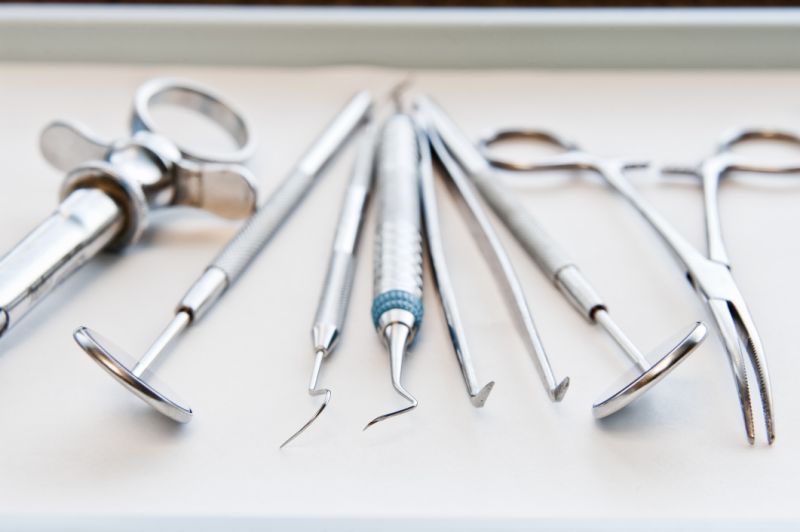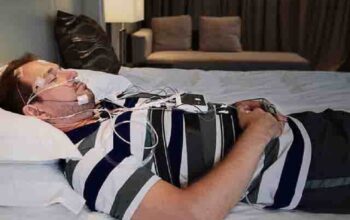The average patient doesn’t know much about the different types of equipment used in surgery. In part, this is because there are literally thousands of surgical instruments, and to the untrained eye, they may sometimes look very similar to one another.
As a surgical patient, you do not necessarily need to know the names and functions of all the various types of surgical equipment. It is enough that the members of your surgical team know. However, if you are curious about the different instruments, it may be helpful to know that surgical devices are categorized according to the function that they serve during the procedure.
Incision
The collective term “sharps” refers to instruments used for incising or cutting through the bodily tissues. As such, they are among the most fundamental tools used in surgery. They include knife blades and their handles (which may be interchangeable), scissors, and scalpels. Each is suited to cut a particular type of body tissue, from the extremely delicate to the tough and rigid.
Suction
If you’re familiar with the suction devices used during a dental examination, you already have some idea of what surgical suction devices do. Their purpose is to remove blood and other bodily fluids from the surgical field so that the doctor can work more effectively.
Retraction
The body has many layers of tissues. Sometimes it is necessary to move the outer layers out of the way to reach the problem area at a deeper level. Retractors are tools that move aside the outer layers of tissues and hold them out of the way while the procedure is being performed. There are essentially two types of retractors. Manual retractors must be held in place by a surgical assistant. Self-retaining retractors are able to maintain their position on their own, freeing up hands to perform other tasks during the procedure.
Closure
Once the procedure has been completed successfully, it is necessary for the surgeon to close up the surgical wound(s). There are essentially two ways of accomplishing this: staples and sutures. Stapling offers the advantage of speed over suturing. Surgical stapling is accomplished with a handheld device with a trigger and a long, sometimes bifurcated, wand at the end. It bears little resemblance to the office equipment that you know as a stapler.
Suturing refers to sewing up a wound with stitches. Again, suturing equipment does not necessarily bear much resemblance to the needle and thread that you would use to sew your clothes.
These are among the most basic categories that are most likely to see some use during most routine surgeries. Depending on the procedure, however, there may be other functions that need to be performed, such as probing, measuring, and clamping.




